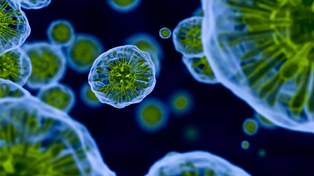Highlights
•
Stimulus-specific STAT3 and broad stress factor AP1 co-establish memory domains•
Stem cell factors access open memory domains and remain bound after inflammation•
FOS activates open memory domains, enabling secondary responses to diverse stimuli•
AP1 mediates epigenetic inflammatory memory across cell types, stimuli, and species
Summary
Known for nearly a century but through mechanisms that remain elusive, cells retain a memory of inflammation that equips them to react quickly and broadly to diverse secondary stimuli. Using murine epidermal stem cells as a model, we elucidate how cells establish, maintain, and recall inflammatory memory. Specifically, we landscape and functionally interrogate temporal, dynamic changes to chromatin accessibility, histone modifications, and transcription factor binding that occur during inflammation, post-resolution, and in memory recall following injury. We unearth an essential, unifying role for the general stress-responsive transcription factor FOS, which partners with JUN and cooperates with stimulus-specific STAT3 to establish memory; JUN then remains with other homeostatic factors on memory domains, facilitating rapid FOS re-recruitment and gene re-activation upon diverse secondary challenges. Extending our findings, we offer a comprehensive, potentially universal mechanism behind inflammatory memory and less discriminate recall phenomena with profound implications for tissue fitness in health and disease.







